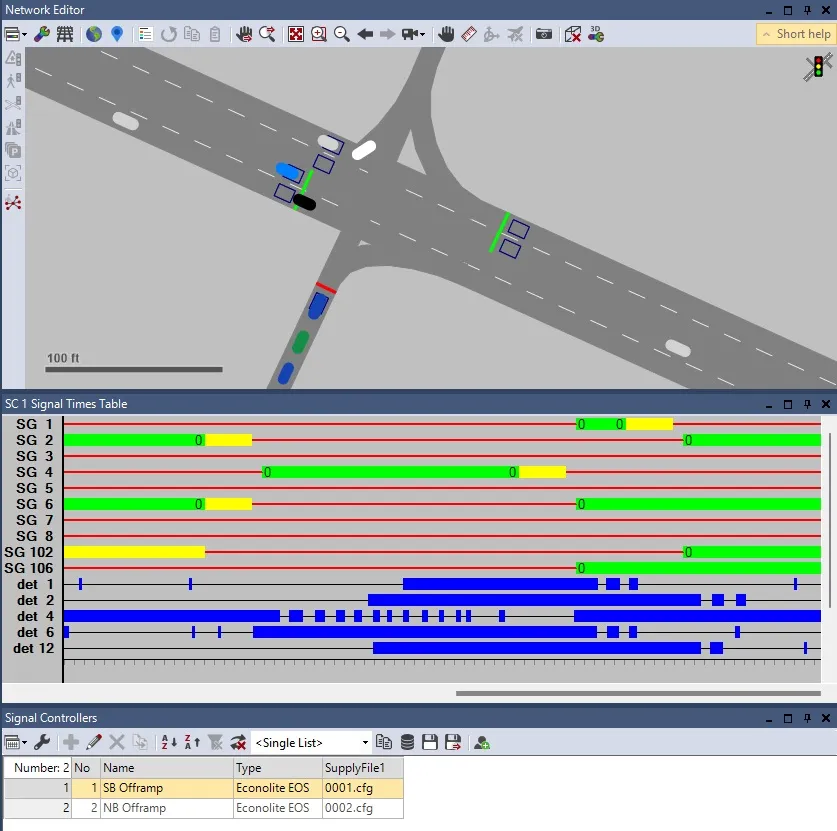Telecom subsidiary Motionlogic and software provider PTV Group have teamed up in a partnership in which Motionlogic provides traffic and people movement data, based on anonymised signal data from the mobile phone network. PTV Group then processes this data to provide urban transport planners with analysis that enables them to calibrate transport models and the current traffic situation and map travel demand in real time.
In addition, there are also down-to-the-hour departure and arrival figures. By using
December 6, 2016
Read time: 2 mins
Telecom subsidiary Motionlogic and software provider 3264 PTV Group have teamed up in a partnership in which Motionlogic provides traffic and people movement data, based on anonymised signal data from the mobile phone network. PTV Group then processes this data to provide urban transport planners with analysis that enables them to calibrate transport models and the current traffic situation and map travel demand in real time.
In addition, there are also down-to-the-hour departure and arrival figures. By using these zone-by-zone traffic patterns, demand can be depicted not just as a day matrix, but in much more granular fashion, on an hourly basis.
For transport planners who require origin-destination data, the combination of floating phone data (FPD, in addition to FCD/floating car data) provides a better basis for planning and is less time-consuming and costly than traditional traffic surveys, says PTV.
For transport operators, the representation of travel demand in public transport enables actual demand behaviour can be detected, in order to use it to orient new concepts and provide customer-appropriate capacities.
The partnership has already been tested in a pilot project with a new transport model for the city of Karlsruhe, Germany. The next step will see the two companies will work together to output travel demand for different modes of transport separately.
In addition, there are also down-to-the-hour departure and arrival figures. By using these zone-by-zone traffic patterns, demand can be depicted not just as a day matrix, but in much more granular fashion, on an hourly basis.
For transport planners who require origin-destination data, the combination of floating phone data (FPD, in addition to FCD/floating car data) provides a better basis for planning and is less time-consuming and costly than traditional traffic surveys, says PTV.
For transport operators, the representation of travel demand in public transport enables actual demand behaviour can be detected, in order to use it to orient new concepts and provide customer-appropriate capacities.
The partnership has already been tested in a pilot project with a new transport model for the city of Karlsruhe, Germany. The next step will see the two companies will work together to output travel demand for different modes of transport separately.










